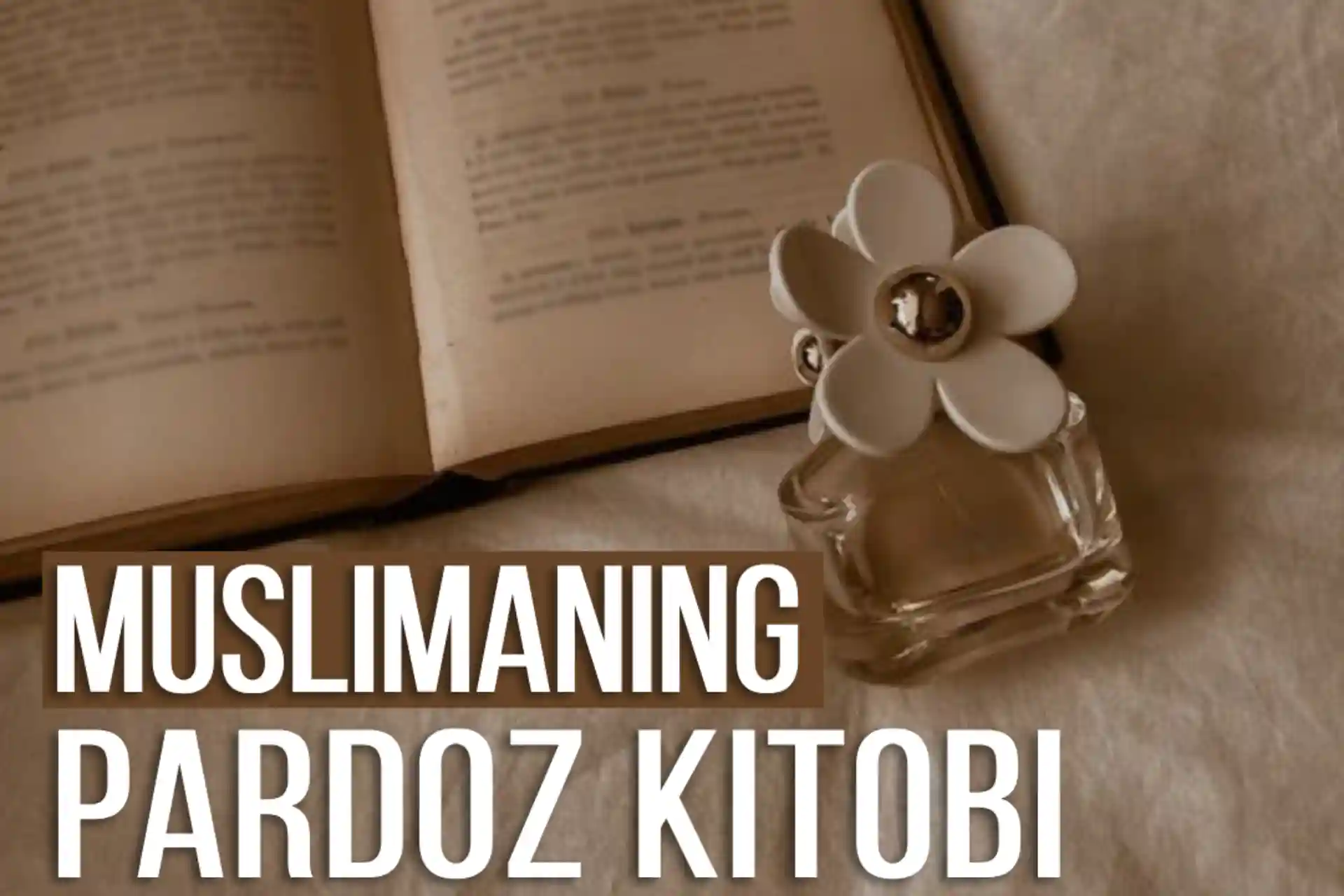"The Muslim Woman's Makeup Book" (Part 1)
Login
Admiration and beauty are inherent in human nature, and they existed even before Allah created mankind. Allah Almighty says in the Quran: “Indeed, We have created man in the best of forms,” [1] This Quranic message tells us about the beautification of human appearance. The focus of this beauty was Adam, peace be upon him. Satan tempted him to such an extent that he forgot Allah’s command. Adam and his wife made a mistake when they were tempted to go to a forbidden place and eat from the fruit of the tree. This temptation, which was presented to the human eye, led to their natural beauty being removed, their private parts being exposed, and their bodies being thrown down to the ground. Then Allah Almighty sent down garments for them to cover themselves with.
Allah Almighty reminds us that these garments are His adornment, and at the same time calls us to be vigilant, saying in His word: “O children of Adam, We have sent down to you garments to cover your private parts and adornments. The garment of piety, that is better. Those are among the signs of Allah. Perhaps they will remember.” [2] .
According to the requirements of this verse, clothing serves two purposes: to cover the private parts and to enhance beauty through clothing. The word "riysh" in the verse means a garment of adornment, and it is an allusion to the feathers of birds, because feathers are the clothing and adornment of birds.
A person who knows how to use clothing in its proper place, that is, in accordance with Sharia, is considered to be well-groomed. [3] .
Makeup of pre-Islamic women
The interest in beautiful clothing and other beauty products is not a recent phenomenon; their use dates back more than ten thousand years. For example, Egyptian pharaohs and queens widely used natural perfumes and plant extracts to maintain a smooth and toned appearance of their faces. Archaeologists have found many remains of cosmetic products during excavations in the tombs of ancient Egyptian pharaohs. These products consisted of perfumes, aromatic oils, charcoal, and antimony made from lead.
Queen Nefertiti, wife of Pharaoh IV, painted her fingernails and toenails ruby red, her lips bright red, and applied black eye shadow made from pure charcoal powder to her eyes.
The above-mentioned cosmetics were forbidden to ordinary women except for the women of the pharaoh's family. In addition, Cleopatra VII, who ruled Egypt for fifty years before Christ, was also famous for her beauty and elegance. She painted her cheeks with fragrant rose powder. This product was specially brought for her from East Africa. She painted her upper eyelids blue and her lower eyelids dark green.
In ancient times, the idea of beauty was not limited to this, of course. This was not only in appearance, but also in wealth and luxury. Some books of interpretation narrate the story of Qarun, who, when he was getting married, dressed up and rode out on a gray mule saddled with a saddle of scarlet and gold. It is said that he had four thousand horsemen dressed in a style similar to his own, and their horses had red silk covers. On his right side were three thousand servants, on his left side were three thousand white maidens wearing red silk and adorned with ornaments. He also brought with him seven thousand girls dressed in red silk. This incident occurred at the time when red silk clothes were first seen on earth.
Allah Almighty says about this: “So he (Qarun) came out to his people in the splendor of his zebu. Those who desired the life of this world said, “If only we had some of what Qarun has been given. Indeed, he is the possessor of a great destiny.” [4]
Cosmetics, developed in Egypt, later reached the peoples living between the Nile and Euphrates rivers and the Mediterranean, and through them the Greeks and Romans, who eventually became addicted to it.
They further developed the methods used by the Egyptians, using milk, herbs, and greens to remove excess dirt from the face. The wives of Roman kings whitened their faces with pure lime and lead extracts. They used liquid gold dye to dye their hair to distinguish themselves from slaves and slaves.
Greek women were not only content with beautifying their faces, but also tried to maintain the beauty of their bodies through physical exercise.
Elizabeth I, the first queen of England to rule Europe in the Middle Ages, dyed her hair red. She used blue for her eyelids and dark brown for her eyebrows.
The examples above also show that human attention to adornment and beauty, and women's interest in using cosmetics, did not emerge in the modern century, but its history dates back to the first centuries of the creation of the world.
[1] Sheikh Muhammad Sadiq Muhammad Yusuf. “Tafsiri Hilal”. 6 vols. “Sharq”, 2012. Surah “Tiyn”, verse 4. This and the following verses are taken from this source.
[2] Surah Al-A'raf, verse 26.
[3] Sheikh Muhammad Sadiq Muhammad Yusuf. “Tafsiri Hilal” 2/311
[4] [4] The same source, Surah Al-Qasas, verse 79. 4/479

